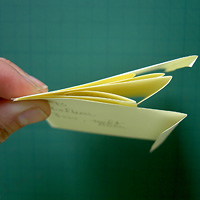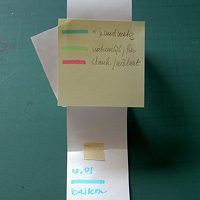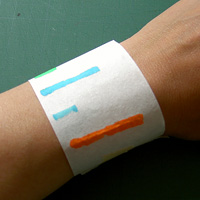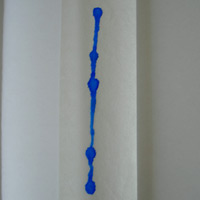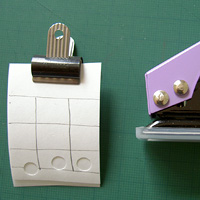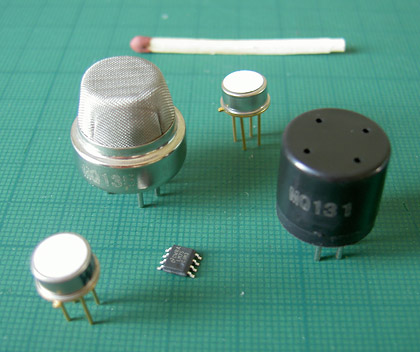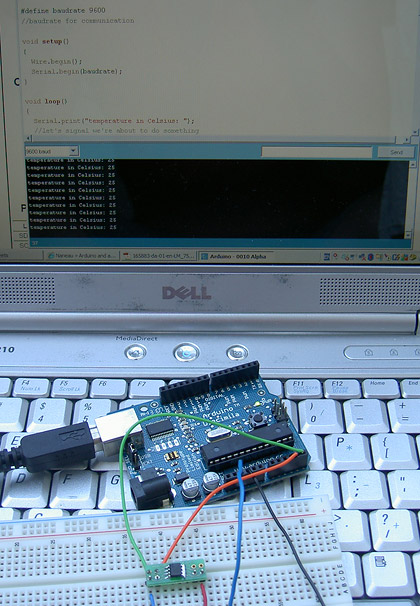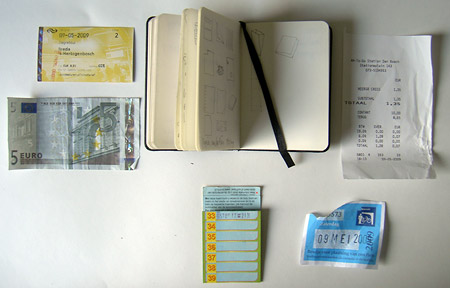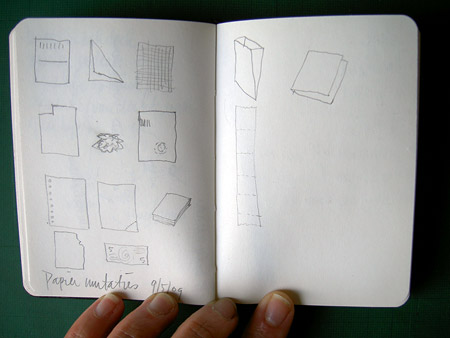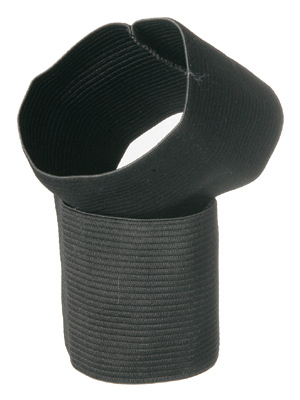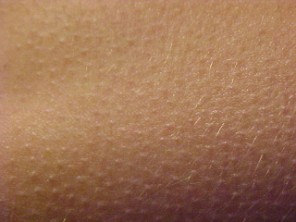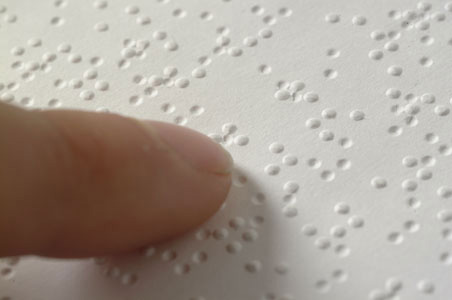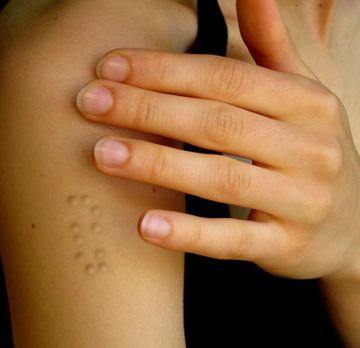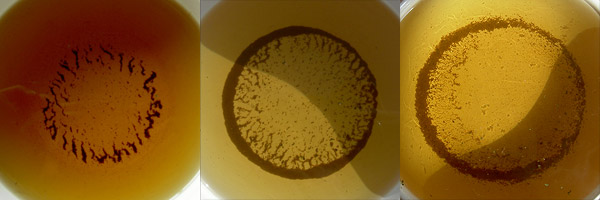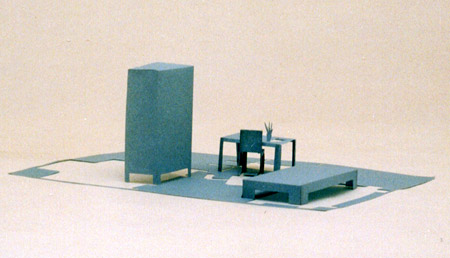Data visualisation
I’ve been rethinking what visualisation is. My aim is to give an impression of air quality in a friendly way. Living things tell about their state in obvious ways. When you blush it tells me something about how you feel. When a tree is big and green it tells me it’s healthy. By the shape of a flower I can tell if it’s blooming or dying. A knot in a handkerchief tells me not to forget something.
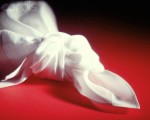
I’ve been interested in flocksand random shapes for a long time. They also say something, display a state but in an even more mysterious way. But they speak for themselves, very organically.


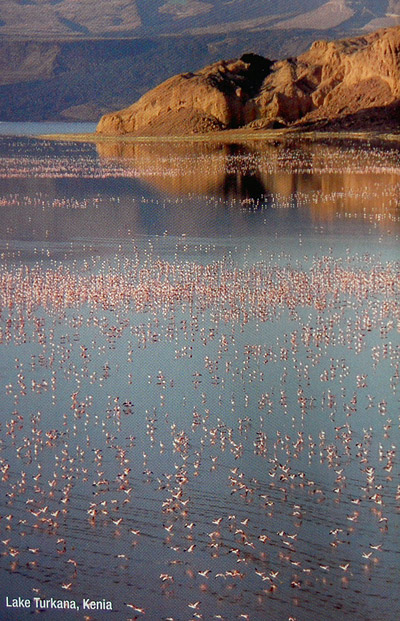
I want my wearable to be intimate and close to the body. Simple and plain like a wrist watch or a quick reminder written on my hand. Or a scribble in a notebook. The most simple and direct way for us to visualise data, any data, pencil and paper.


Materials
We also had to think about the materials we want to use. When I think about visualising data, the first thing that springs to mind is pencil and paper. Make a garment you can actually log on…
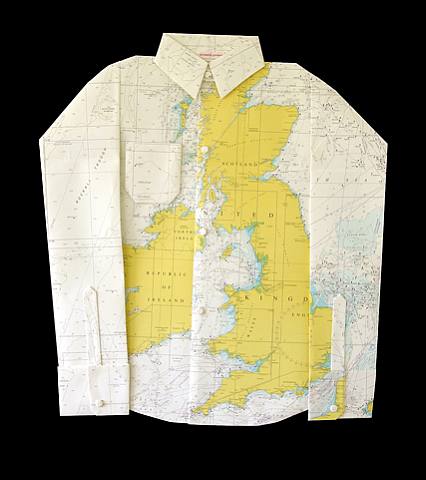
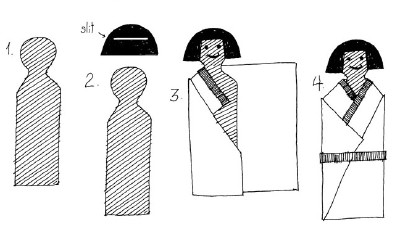
As I was also thinking about making a nature like shape which can change, felt is a nice choice.
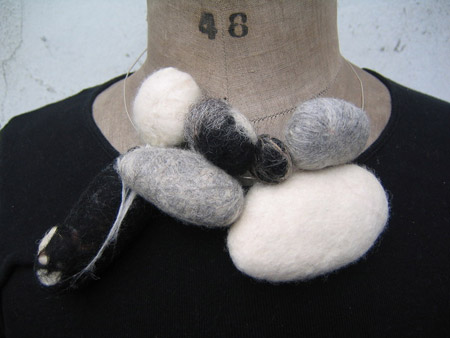
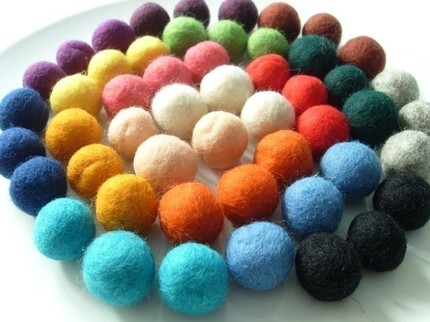
I thought it would be nice not just to measure pollution but give something back… oxygen 🙂 It can go something like this
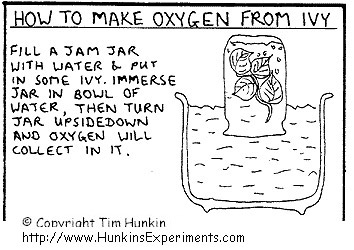
Or this:
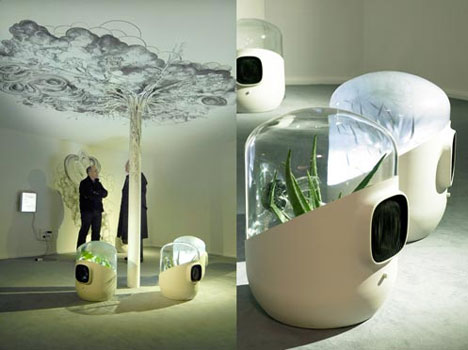
A great design by Mathieu Lehanneur.
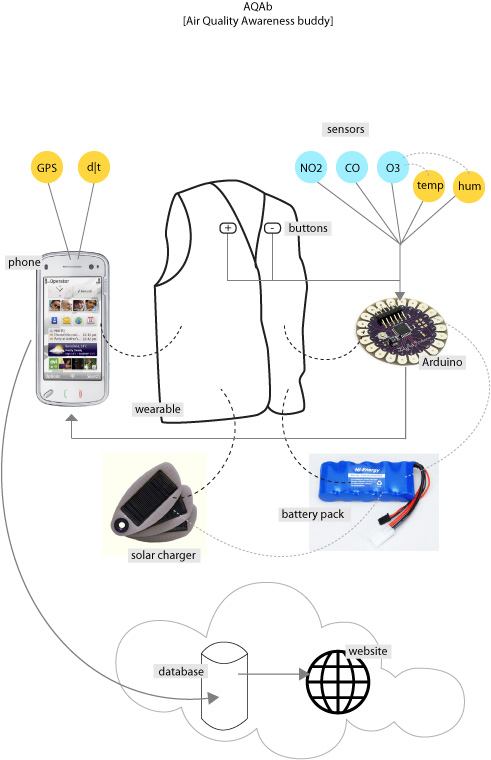
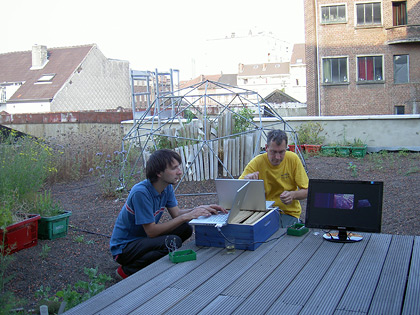
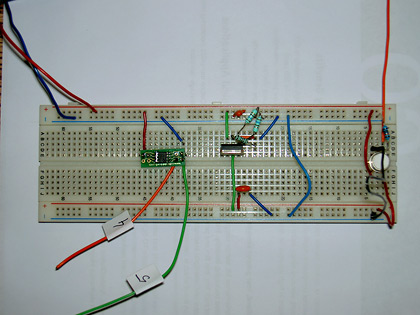 As I had to wait before I could talk to her I started with Paul to work on the sensors. But first I had to reduce the voltage level for the NO2 and CO sensors to work. It took me an hour and a half to put it together (with help from Paul and Meg), hmm, electronics isn’t really my thing I fear. I find it very hard to translate a scheme (even a simple one) into a circuit. But it’s very nice to have help close at hand, maybe I’ll learn some day…
As I had to wait before I could talk to her I started with Paul to work on the sensors. But first I had to reduce the voltage level for the NO2 and CO sensors to work. It took me an hour and a half to put it together (with help from Paul and Meg), hmm, electronics isn’t really my thing I fear. I find it very hard to translate a scheme (even a simple one) into a circuit. But it’s very nice to have help close at hand, maybe I’ll learn some day… After the last workshop I went straight to the shop and bought some ‘equipment’ to experiment with. I especially like the tiny single punch and propelling pencil. I wanted to try different ways of working with paper in a portable way. Here’s a description of the things I tried. I guessed the air quality from smell.
After the last workshop I went straight to the shop and bought some ‘equipment’ to experiment with. I especially like the tiny single punch and propelling pencil. I wanted to try different ways of working with paper in a portable way. Here’s a description of the things I tried. I guessed the air quality from smell.
